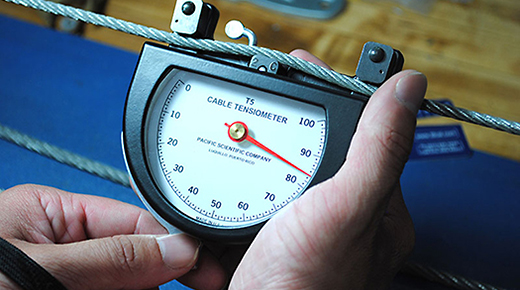If you’re able to collect more data, then increasing the number of parts used remains your best choice
In part one of “Gauging Gage,” I looked at how adequate a sampling of 10 parts is for a gage repeatability and reproducibility (GR&R) study and provided some advice based on the results.
|
ADVERTISEMENT |
Now I want to turn my attention to the other two factors in the standard gage experiment: three operators and two replicates. Specifically, what if instead of increasing the number of parts in the experiment (my previous post demonstrated you would need an unfeasible increase in parts), you increased the number of operators or number of replicates?
In this study, we are only interested in the effect on our estimate of overall gage variation. Obviously, increasing operators would give you a better estimate of the operator term and reproducibility, and increasing replicates would get you a better estimate of repeatability. But I want to look at the overall effect on your assessment of the measurement system.
…

Add new comment